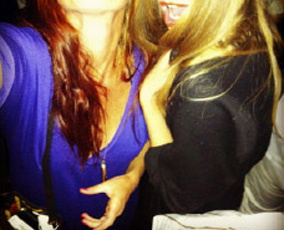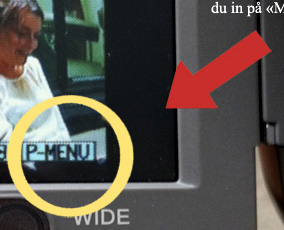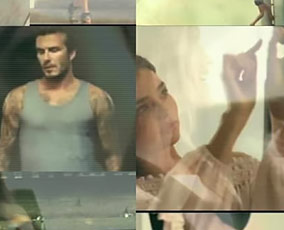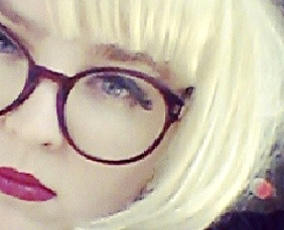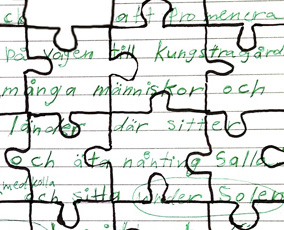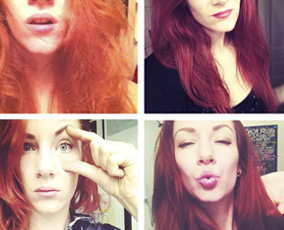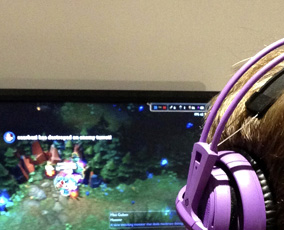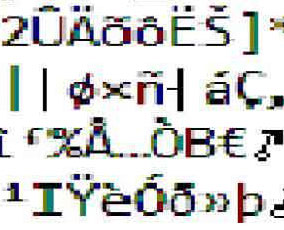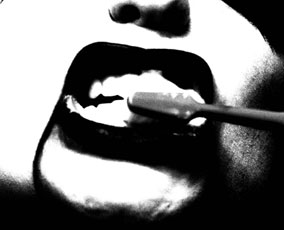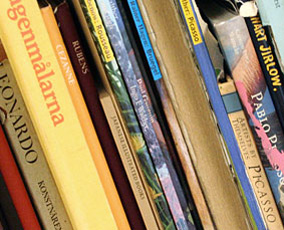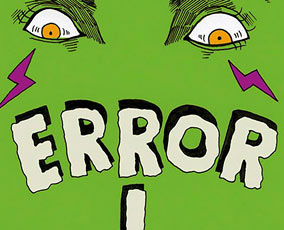Konstfack Degree Exhibition 2014 / Vårutställning 2014
The education students who will now be leaving the program with their degrees have undergone four years of training in art, media and design in which they have learned how to work with these visual worlds from an educational perspective. Our fundamental focus has been on learning. One basic idea in the program is that a combination of theoretical and practice-based work engenders more profound knowledge. The students’ degree projects have involved research into the questions they have chosen with what we call a double perspective, which means adopting two approaches— scientific research is joined with artistic or multimodal practices.
This year’s degree projects probe a number of different areas and different places where children and young people spend their time— from the Internet and social media to traditional museum settings, from art teaching in Sweden (and sexual instruction) to Lolita-workshops in Japan. They are about how traditions are renegotiated and how we experience and utilize images and visual communication in our everyday lives.
This year, the students also invite visitors to a pedagogical platform where invited professionals including pedagogies, academics, writers and politicians are discussing contemporary pedagogical issues.
Tina Carlsson
Lecturer in Visual Arts Education
De lärarstudenter som nu examineras har under fyra år utbildat sig inom konst, media och design och lärt sig hur man arbetar med dessa bildvärldar ur ett pedagogiskt perspektiv. Det pedagogiska förhållningssättet är vår utgångspunkt. En grundtanke i utbildningen är att kombinationen av teoretiskt och gestaltande arbete ger en fördjupad kunskap. Examensarbetet innebär att studenterna i sina undersökningar bearbetar sina frågeställningar med vad vi kallar ett dubbelt perspektiv, det vill säga utifrån två förhållningssätt: vetenskapligt och konstnärligt.
Årets examensarbeten rör sig mellan en mängd skilda områden och på olika platser där barn och unga vistas; från internet och sociala medier till traditionella museikontexter, från svensk bildundervisning – och sexualundervisning – till ”Lolitor” i Japan. Det handlar om hur traditioner omförhandlas och om hur vi uppfattar och använder oss av bilder och visuell kommunikation i vårt vardagsliv.
I år bjuder också studenterna in till en pedagogisk plattform där professionella pedagoger, akademiker, författare och politiker tillsammans med studenterna diskuterar aktuella frågeställningar inom pedagogik.
Tina Carlsson
Lektor i bildpedagogik
